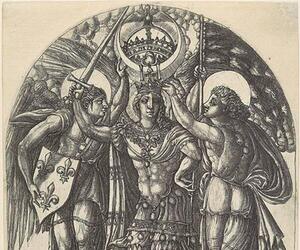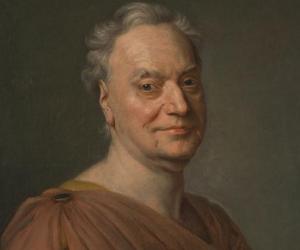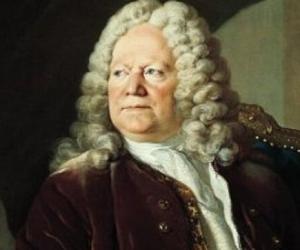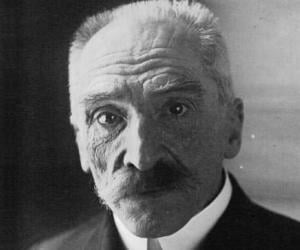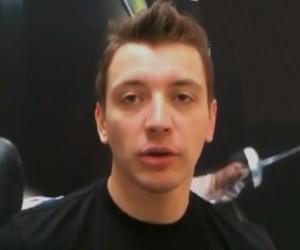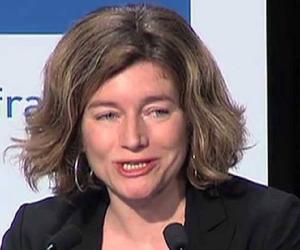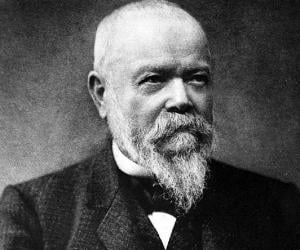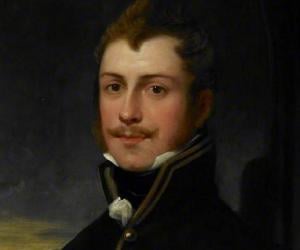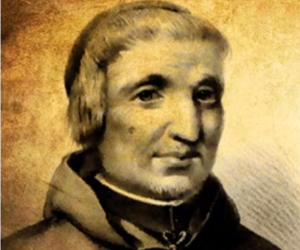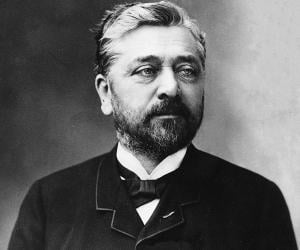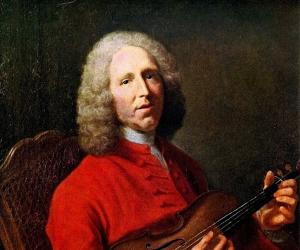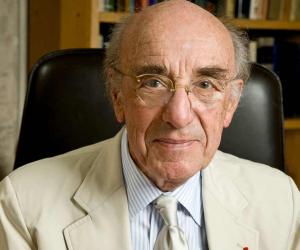One of the greatest French opera composers and music theorists of all time, Jean-Philippe Rameau enriched the late Baroque period with his harpsichord pieces. His organist father wanted him to pursue law, but Rameau wasn’t academically bright and had poor grammar, which made Rameau travel to Italy to study music.
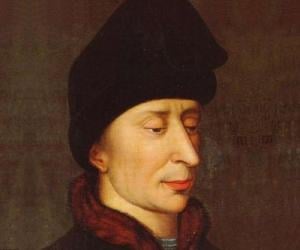


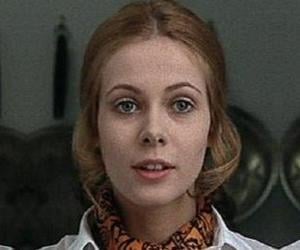
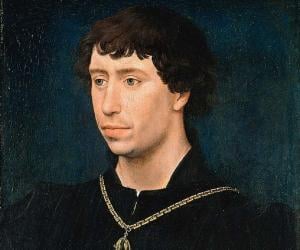
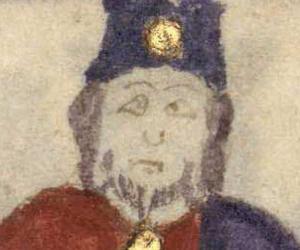
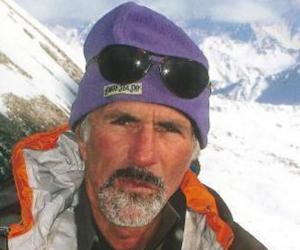
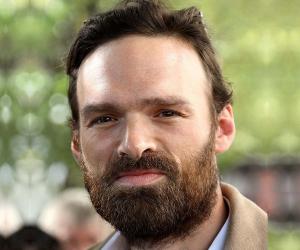
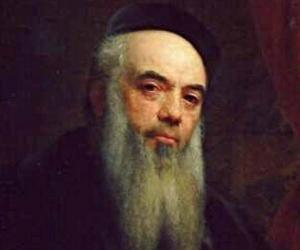
François Rude was a French sculptor best remembered for sculpting the Departure of the Volunteers on the Arc de Triomphe, which is counted among the most prominent monuments in Paris. His work often expressed the transition from neo-classicism to romanticism. François Rude is also credited with mentoring Charles-Auguste Lebourg and Jean-Baptiste Carpeaux, who became prominent sculptors in their own right.
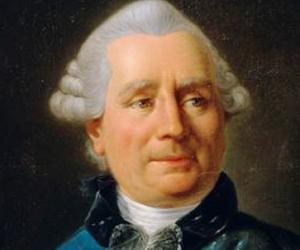
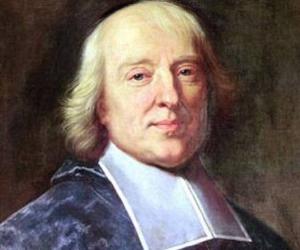

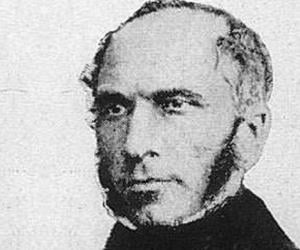
French engineer Henry Darcy had a difficult childhood, having lost his father at 14. Raised by his mother, he later joined the École Polytechnique. He proposed Darcy’s law, which explains the flow of fluids in porous media. He also designed the water supply system of Dijon, his native city.
Roger Guillemin is a French-American neuroscientist. He is best known for his work on neurohormones, which earned him the prestigious Nobel Prize for Medicine in 1977. Guillemin is also the recipient of other prominent awards such as the National Medal of Science, Albert Lasker Award for Basic Medical Research, and Passano Award in Medical Sciences.
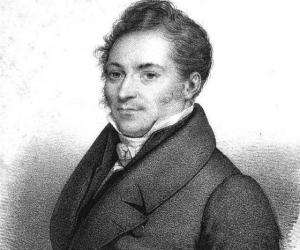
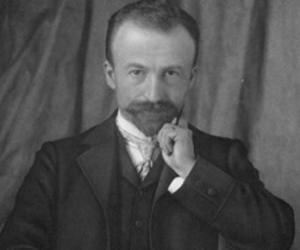
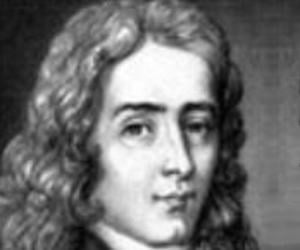
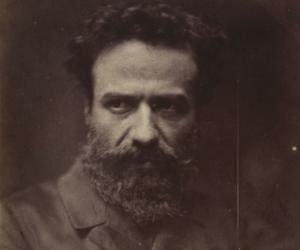
Alphonse Legros was a painter, sculptor, etcher, and medalist. He played a major role in accentuating the re-emergence of etching by serving as a teacher of etching at institutions like the South Kensington School of Art and University College London. He is credited with teaching several female artists like the Casella sisters, who were later recognized as the Slade Girls.

Bernard Courtois was a French chemist. He is credited with isolating iodine and morphine. Interested in chemistry from a young age, he learned how to make potassium nitrate for gunpowder for the French Revolution. He later found work at the École Polytechnique in Paris. Later in life, he went into manufacturing high-quality iodine and its salts.
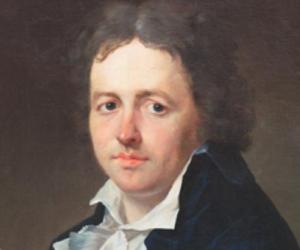
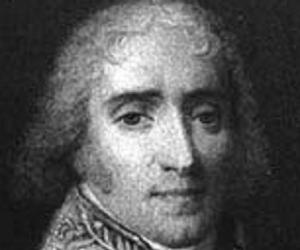
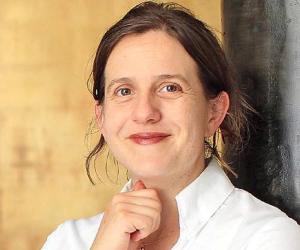
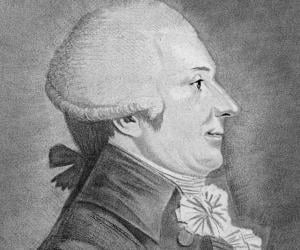
Louis-Bernard Guyton de Morveau initially followed in his father’s footsteps to become a lawyer. He later deviated to chemistry and set up a laboratory at home. He propagated the phlogiston theory and later laid down the first systematic method of naming chemical substances. He also earned the Legion of Honour.
